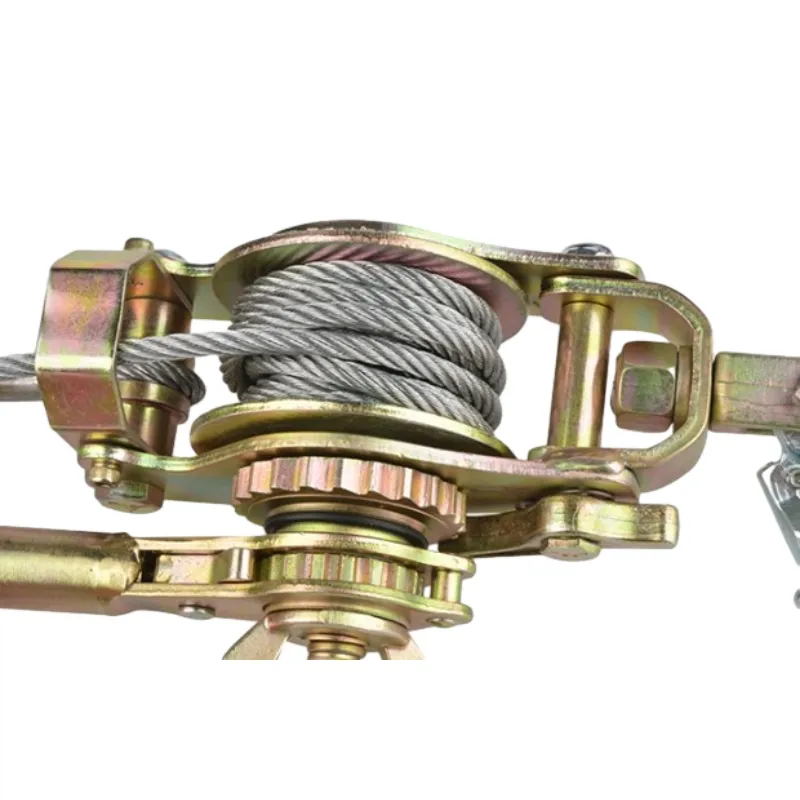
-
 Afrikaans
Afrikaans -
 Albanian
Albanian -
 Amharic
Amharic -
 Arabic
Arabic -
 Armenian
Armenian -
 Azerbaijani
Azerbaijani -
 Basque
Basque -
 Belarusian
Belarusian -
 Bengali
Bengali -
 Bosnian
Bosnian -
 Bulgarian
Bulgarian -
 Catalan
Catalan -
 Cebuano
Cebuano -
 Corsican
Corsican -
 Croatian
Croatian -
 Czech
Czech -
 Danish
Danish -
 Dutch
Dutch -
 English
English -
 Esperanto
Esperanto -
 Estonian
Estonian -
 Finnish
Finnish -
 French
French -
 Frisian
Frisian -
 Galician
Galician -
 Georgian
Georgian -
 German
German -
 Greek
Greek -
 Gujarati
Gujarati -
 Haitian Creole
Haitian Creole -
 hausa
hausa -
 hawaiian
hawaiian -
 Hebrew
Hebrew -
 Hindi
Hindi -
 Miao
Miao -
 Hungarian
Hungarian -
 Icelandic
Icelandic -
 igbo
igbo -
 Indonesian
Indonesian -
 irish
irish -
 Italian
Italian -
 Japanese
Japanese -
 Javanese
Javanese -
 Kannada
Kannada -
 kazakh
kazakh -
 Khmer
Khmer -
 Rwandese
Rwandese -
 Korean
Korean -
 Kurdish
Kurdish -
 Kyrgyz
Kyrgyz -
 Lao
Lao -
 Latin
Latin -
 Latvian
Latvian -
 Lithuanian
Lithuanian -
 Luxembourgish
Luxembourgish -
 Macedonian
Macedonian -
 Malgashi
Malgashi -
 Malay
Malay -
 Malayalam
Malayalam -
 Maltese
Maltese -
 Maori
Maori -
 Marathi
Marathi -
 Mongolian
Mongolian -
 Myanmar
Myanmar -
 Nepali
Nepali -
 Norwegian
Norwegian -
 Norwegian
Norwegian -
 Occitan
Occitan -
 Pashto
Pashto -
 Persian
Persian -
 Polish
Polish -
 Portuguese
Portuguese -
 Punjabi
Punjabi -
 Romanian
Romanian -
 Russian
Russian -
 Samoan
Samoan -
 Scottish Gaelic
Scottish Gaelic -
 Serbian
Serbian -
 Sesotho
Sesotho -
 Shona
Shona -
 Sindhi
Sindhi -
 Sinhala
Sinhala -
 Slovak
Slovak -
 Slovenian
Slovenian -
 Somali
Somali -
 Spanish
Spanish -
 Sundanese
Sundanese -
 Swahili
Swahili -
 Swedish
Swedish -
 Tagalog
Tagalog -
 Tajik
Tajik -
 Tamil
Tamil -
 Tatar
Tatar -
 Telugu
Telugu -
 Thai
Thai -
 Turkish
Turkish -
 Turkmen
Turkmen -
 Ukrainian
Ukrainian -
 Urdu
Urdu -
 Uighur
Uighur -
 Uzbek
Uzbek -
 Vietnamese
Vietnamese -
 Welsh
Welsh -
 Bantu
Bantu -
 Yiddish
Yiddish -
 Yoruba
Yoruba -
 Zulu
Zulu


Nov . 21, 2024 05:36 Back to list
heavy duty electric winch
Heavy Duty Electric Winch Power and Precision in Lifting Operations
In the realm of industrial and commercial lifting solutions, heavy duty electric winches stand out as indispensable tools. These robust machines are designed to handle substantial loads with efficiency and precision, making them essential for a variety of applications such as construction, mining, marine operations, and more. This article explores the features, benefits, and applications of heavy duty electric winches, highlighting their significance in modern operations.
Understanding Heavy Duty Electric Winches
A heavy duty electric winch is a mechanical device that utilizes an electric motor to wind and unwind a heavy-duty cable or rope. The primary function of this equipment is to lift, pull, or move heavy loads with minimal effort. Engineered with high-performance motors, reinforced gears, and durable components, heavy duty electric winches are capable of delivering exceptional power and reliability. They are available in various capacities, allowing them to accommodate loads ranging from a few tons to several hundred tons, depending on the specific model.
Key Features
One of the standout features of heavy duty electric winches is their power-to-weight ratio
. These winches are designed to deliver maximum pulling force while maintaining a relatively compact size. This compact design is particularly beneficial for operations where space is limited.Moreover, the integrated safety features, such as overload protection and emergency stop functions, further enhance their usability. Many models also come equipped with remote control options, allowing operators to manage lifting operations from a safe distance, which is critical in minimizing risks associated with heavy lifting.
Additionally, heavy duty electric winches often incorporate advanced technology, including automatic braking systems and built-in load monitoring systems. These technologies help ensure precise control during lifting operations, reducing the possibility of accidents and improving overall operational efficiency.
Benefits of Heavy Duty Electric Winches
heavy duty electric winch

The benefits of using heavy duty electric winches are extensive. Firstly, their ease of use significantly reduces the physical strain on workers. Unlike manual winching, which can be labor-intensive and time-consuming, electric winches streamline the lifting process, allowing for faster completion of tasks.
Secondly, electric winches are cost-effective in the long run. Although the initial investment may be higher than manual models, the efficiency and reliability of electric winches result in lower operational costs and reduced maintenance needs. Furthermore, they consume less energy compared to traditional hydraulic winches, promoting sustainability in industrial practices.
Thirdly, these winches can operate in a variety of environmental conditions. They are built to withstand harsh settings, such as extreme temperatures, moisture, and dust, making them suitable for outdoor and industrial use.
Applications
The versatility of heavy duty electric winches makes them suitable for diverse applications. In construction, they are commonly used for hoisting heavy materials such as steel beams and concrete blocks. In the marine sector, electric winches are pivotal for anchoring ships and managing mooring lines.
In sectors like mining, these winches play a crucial role in transporting materials from underground operations to the surface. Their use is also evident in the logistics industry, where they assist in loading and unloading cargo from trucks and ships.
Conclusion
Heavy duty electric winches represent a remarkable advancement in lifting technology, combining power, efficiency, and safety. As various industries continue to evolve and require more sophisticated lifting solutions, the importance of electric winches will only grow. By investing in these machines, companies can enhance their operational capabilities while ensuring the safety and productivity of their workforce. Ultimately, heavy duty electric winches not only simplify lifting tasks but also contribute to the overall success of myriad industrial operations.
Latest news
duct-rodders-and-conduit-rod-tools
NewsAug.22,2025
ratchet-pullers-and-wire-tightening-tools
NewsAug.22,2025
chain-ratchet-pullers-and-hoist-solutions
NewsAug.22,2025
telescopic-hot-stick-for-electrical-and-high-voltage-use
NewsAug.22,2025
cable-clamp-and-insulated-cable-clamp-systems
NewsAug.22,2025
duct-rodder-conduit-rodder-and-cable-solutions
NewsAug.22,2025








